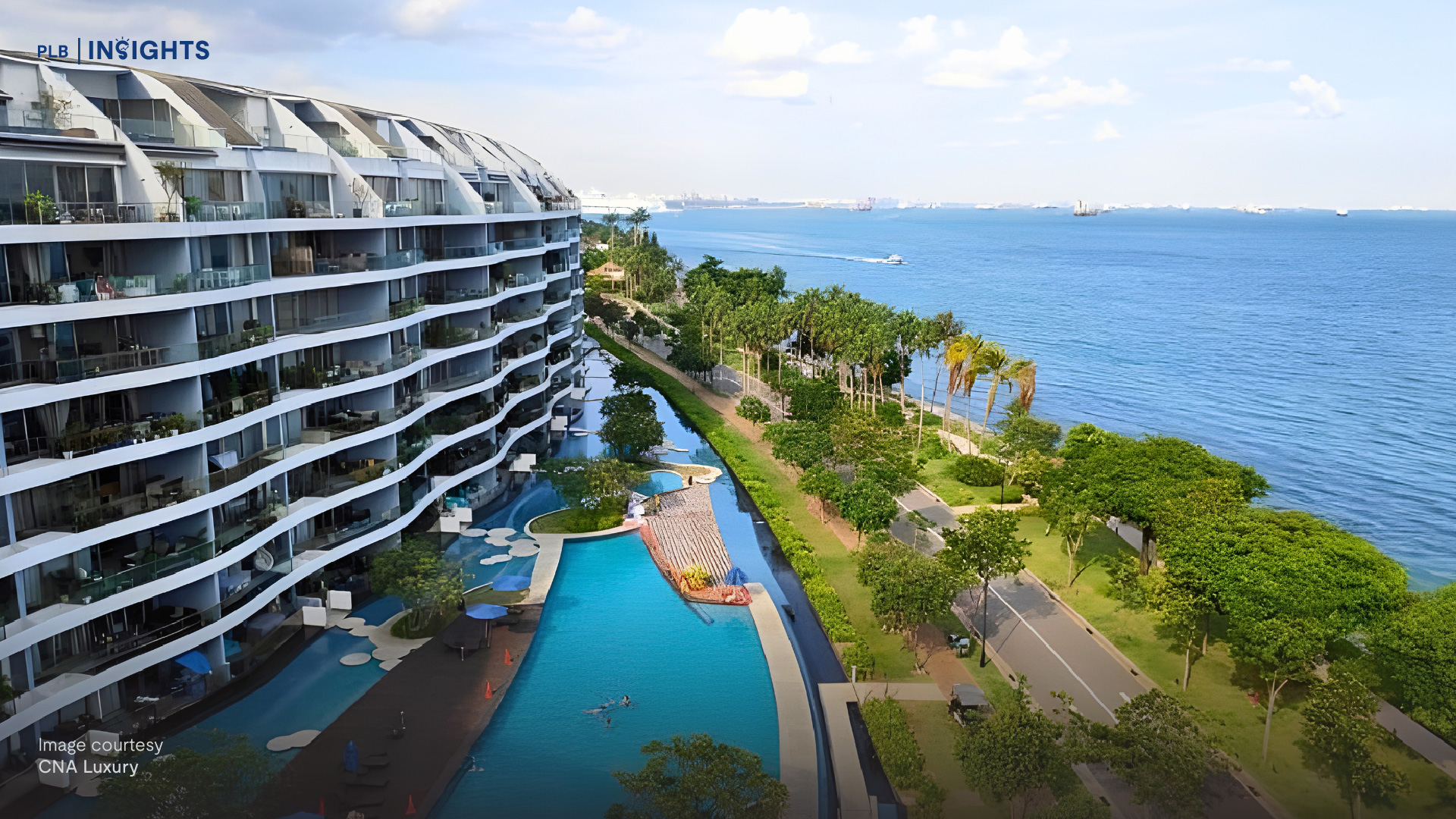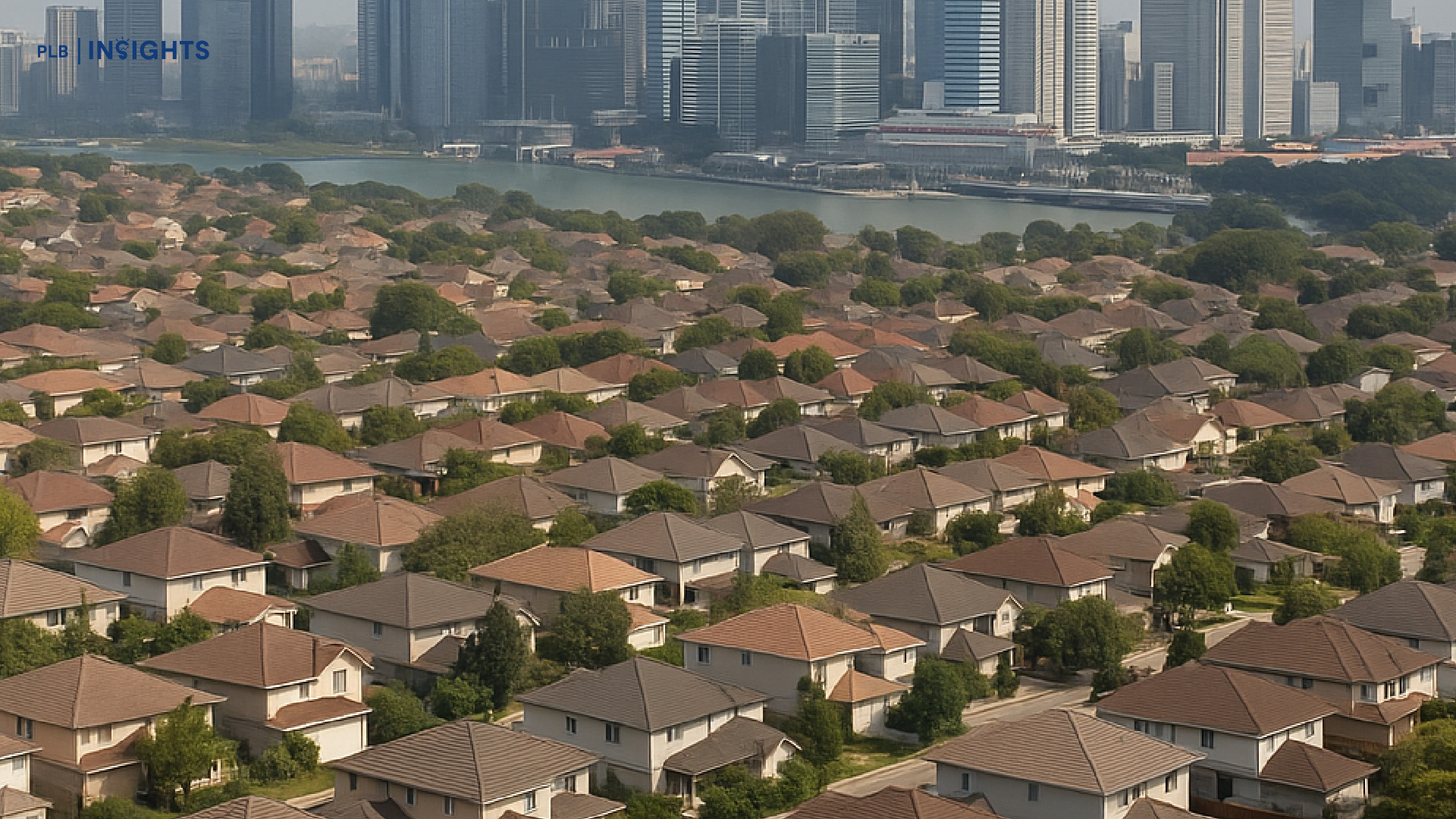
Working from Home (WFH) is a big word in today’s world. Most employees gleam at the word. Some managers glare at it. Like it or not, WFH is here to stay, at least part of it. Hybrid work is another way to express this phenomenon, where work is distributed between the office and home space. Policymakers and thought leaders refer to this as part of the Future of Work. Catalysed by the pandemic, companies of all shapes and sizes are now expected to have a WFH policy.
This news article covers how this recent phenomenon will continue to shape Singapore’s real estate market. Whether WFH is here to stay is up for debate. That is anyone’s guess. Our discussion will be focused on the approximate effect of WFH on Singaporean real estate should it continue to be a driving force for market conditions.
WFH Statistics
Looking at the WFH data provided by the Ministry of Manpower (MOM), 49.2% of Singapore’s resident workers were WFH in 2020, and it remained high at 45.6% in 2021. Considering that we are entering the third year of the pandemic, with it still being a major global and domestic issue, WFH is not expected to go anywhere soon. While the government has recently announced that up to 75% of employees can return to the workplace, we see that similar changes in Europe and North America are met with some resistance.
According to the MOM 2021 data, the WFH also affects a specific demographic more than others. Intuitively, working adults aged 25-49 were most involved in WFH. It seems that mid-career residents (aged 30-39) WFH the most at 57.9% within this age group. This is higher by a margin of approximately 3% as compared to other working adults.

Diving deeper into the demographic data, we see that the most affected occupation groups are Professionals, Managers & Administrators, and PMETs. These groups had WFH rates of 69%, 69.8%, and 62.8%, respectively, in 2021. Seeing that approximately two-thirds of highly paid and skilled workers WFH, we have a specific demographic to pay attention to in our analysis of how it might impact Singapore’s real estate market.
Expected Effects on Real Estate
We build on the existing work in the UK and USA as we look at the expected effects of WFH on Real Estate. In these larger countries, it is observed that skilled professionals leave the city centre to live in the suburbs or counties. Rent is relatively cheaper in those areas, and they can enjoy a larger working space at a similar rental cost. This increase in demand for suburban or periphery rental pushes up rental prices. In the UK, the effect is on the scale of 1-4%, but in the USA, the increase can be drastic and might even price out certain groups of people.
An interesting phenomenon we see in the UK study by Zoopla is that rental prices fell in London’s area. This WFH effect is drastic, reducing rental prices on the order of approximately 9-15%.

On the commercial side, surveys across the USA showed that the commercial rental space is bearish. Many companies plan to save on office space and allow for WFH to stay even after the pandemic. This drop in demand can be bad news for the commercial real estate market.

We now look at the data from Singapore’s real estate market. Since the pandemic, we have seen rental in the Outside Central Region (OCR) increase by 13%. Rental prices in the Rest of the Central Region (RCR) grew only by 2%, and the Core Central Region (CCR) rentals fell by 7%. This is in line with the data we observe from other countries. However, because of the scarcity of land, the OCR rental increase is steeper, and CCR rentals fell much less than in other major cities like London.

However, when we look at the Sales Price during the same period, OCR and RCR Condos and HDBs went up by 12%, while CCR Condos and HDBs grew by 7%. This means that the WFH looks to have affected the rental markets much more than the ownership patterns.

To see if the movement in the rental market is related to the WFH phenomenon, we look at the rental price growth for Condos and HDBs based on their size. While all sizes experienced high growth rates, we see that Condos and HDBs with a size greater than 2000 square feet increased the most at 28%. This is twice the growth rate of Condos, and HDBs sized 1000-2000 square feet! We attribute this growth to the WFH effect as highly paid skilled professionals move to the OCR for greater space to work at home and enjoy relatively lower rents than CCR, given these apartments’ size.

On the commercial side in Singapore, we see that Industrial rentals have recovered into the third year of the pandemic, showing a modest 1% growth. On the other hand, commercial rental has fallen by 11% since the pandemic’s start. This is not a good sign for the health of Singapore’s commercial real estate. If the effect is prolonged and companies reduce office space usage permanently, we can expect to see a continued contraction in commercial property rentals.

Closing Thoughts
Work from home may very well be here to stay. In line with economic theory and expectations, we see rentals in the OCR increased, and CCR decreased. We also see that the demand for larger apartments in the OCR increased, resulting in rental price growth of 28%. This is not necessarily good news as other demographics might be priced out and suffer a higher cost of living as their new neighbours move in. Industrial rentals have recovered, and commercial rental looks to continue on the downside.
Here’s a summary of our findings:
-
The most affected occupation groups are Professionals, Managers & Administrators, and PMETs.
-
Residential Rental in the Outside Central Region (OCR) increased by 13%, Central Region (RCR) grew only by 2%, and the Core Central Region (CCR) rentals fell by 7%.
-
Residential Sales Price during the same period, OCR and RCR Condos and HDBs went up by 12%, while CCR Condos and HDBs grew by 7%.
-
Condos and HDBs with a size greater than 2000 square feet increased the most at 28%. This is twice the growth rate of Condos, and HDBs sized 1000-2000 square feet!
-
Industrial rentals have recovered at 1%, commercial rental has fallen by 11% since the pandemic’s start.
In conclusion, Singapore’s rental market is seeing a significant shift due to WFH trends. We will continue to monitor this movement as the country shifts to a more complete endemic approach. Nonetheless, the overall property market in Singapore seems to be resilient, with Sales Prices still seeing increases across the board.








